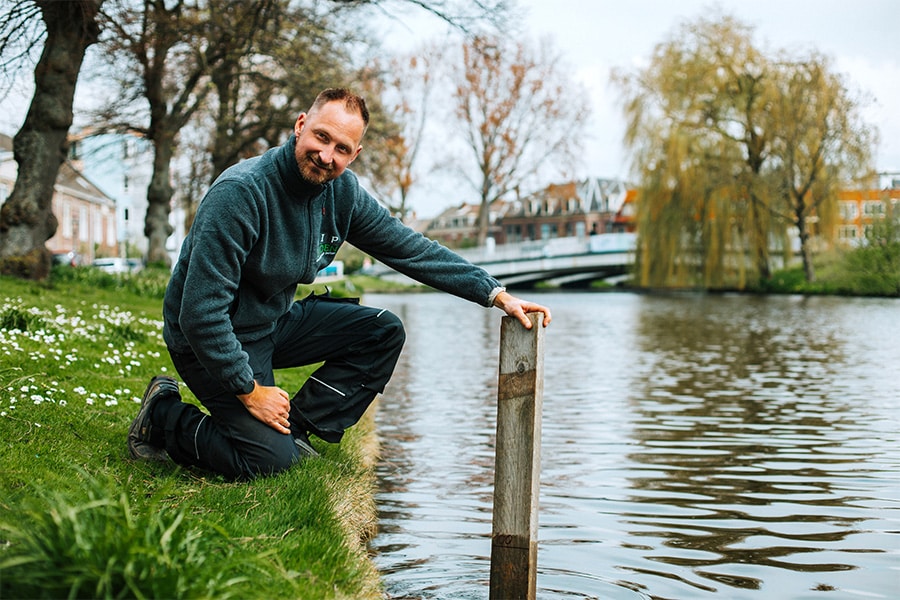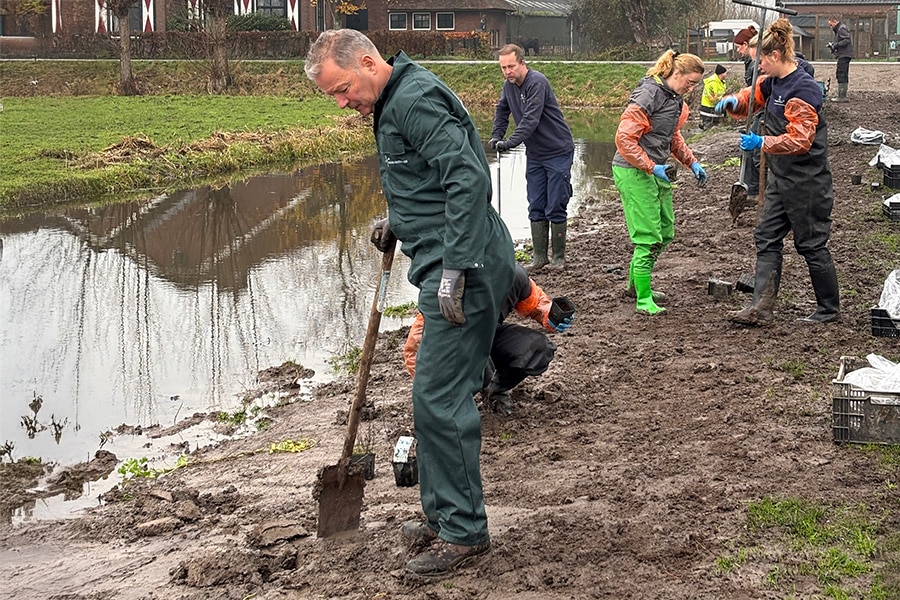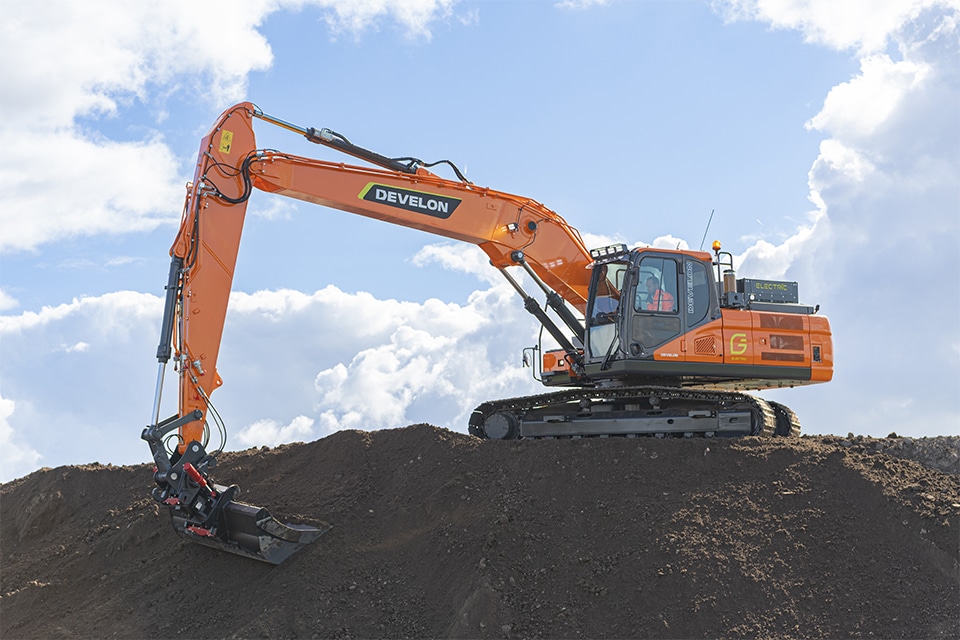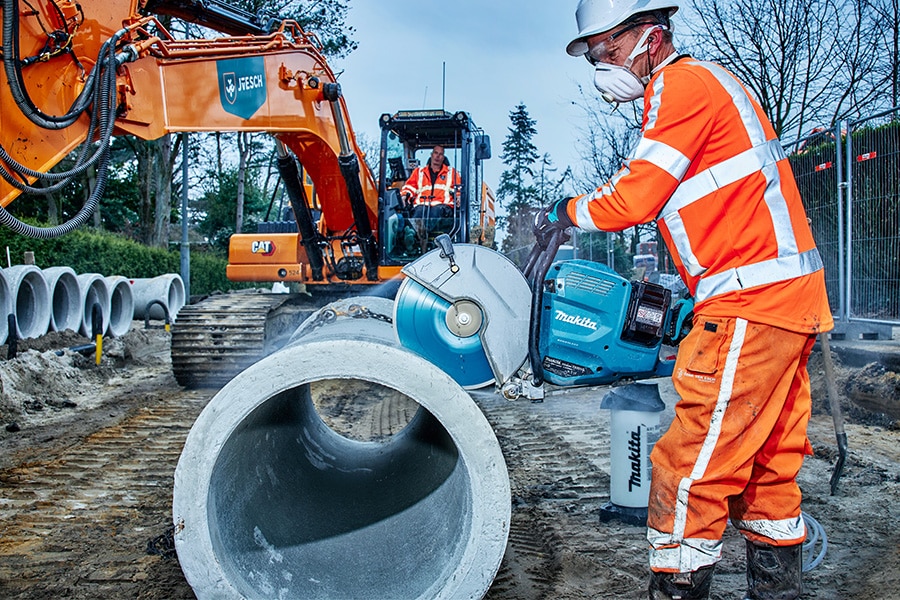
A world without cords and fuel
The world is in transition. Electrification is a very high priority in all markets. It fits perfectly with Makita's vision. So with its XGT platform, which stands for "Next Generation Technology," Makita can replace most 230-volt or fuel machines. The pioneer in battery products also has the infra sector in its sights. Arjen Peeters of Makita Nederland reveals that there are a number of exciting developments in store for the infrastructure sector in particular.
Makita is a Japanese company with a long track record and founded in 1915. The company has also been active in the Dutch market for 50 years. "We specialize in battery technology and battery machines," says Arjen. "Originally our focus was on construction, but over the years we have expanded our scope further towards industry, garden and park and cleaning. For all those sectors we make specific machines on our LXT platform that consists of 18 Volt batteries and machines on 1 or 2x 18 Volts. With that we are extremely successful with now more than 350 tools operating on the same battery."
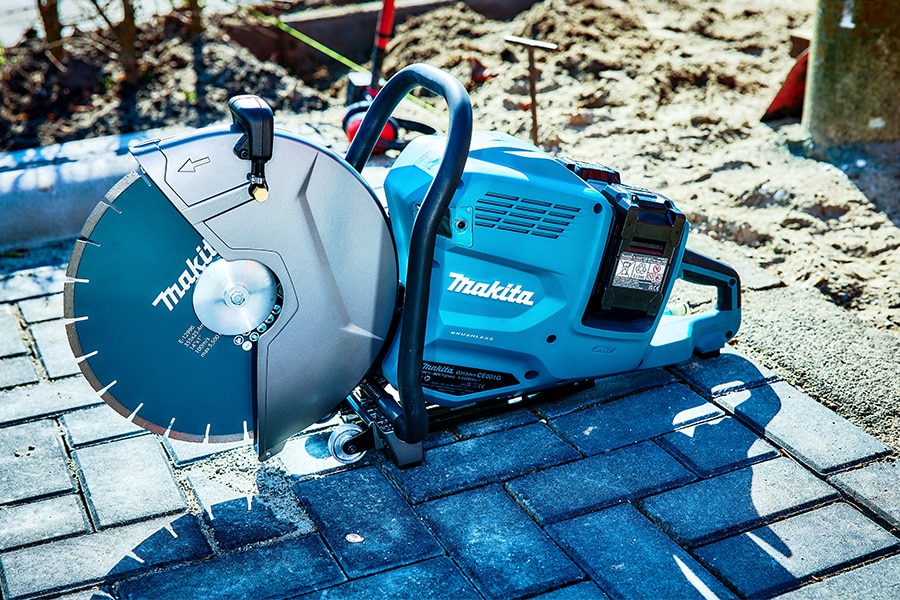
Electric vibrating plate and pestle
Machines in the garden and park and infra sector often require more energy, Arjen acknowledges. "That's why we launched the XGT platform in 2020 alongside the existing LXT platform. That platform consists of 40 Volt batteries and machines on 1 or 2x 40 Volts. It offers the possibility of eventually building a battery variant for all machines used in the infrastructure sector. And we are now making that step. In the coming years, more and more tools will be developed on the XGT platform. We are already delivering a cutter that rivals a 70cc fuel engine in terms of performance. That is unprecedented! Two more single 40 Volt grinders with 300 and 230 mm blades are coming soon." Arjen reveals that in the foreseeable future we can also expect equipment such as an electric vibratory plate or rammer, as well as, for example, a heavy-duty impact wrench with thumb connection.
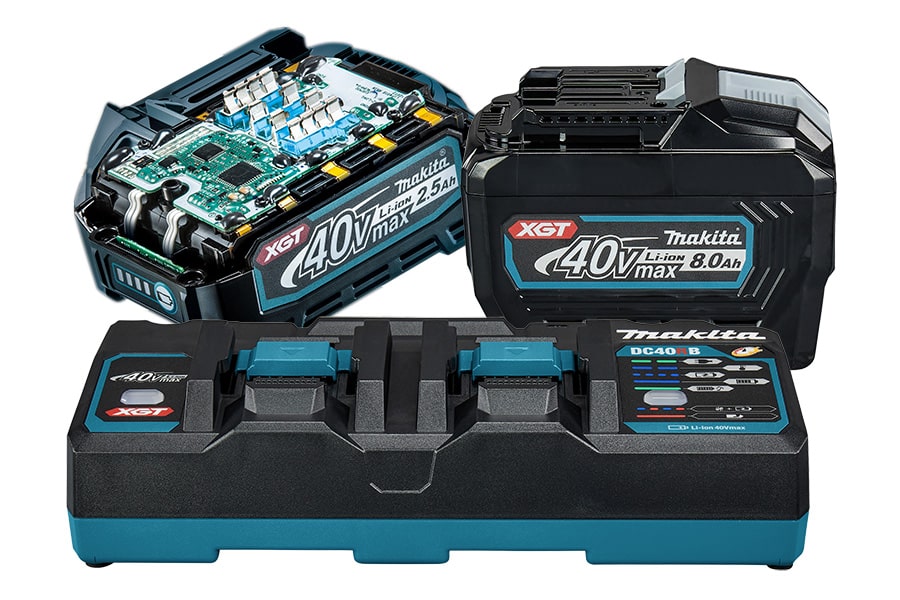
Digital communication
The infrastructure sector has set itself the goal of being electric by 2028, Arjen continues. "It fits exactly with Makita's vision. We are striving for a world without fuel and cables. The XGT platform is ideally suited for that. In addition to being flexible and modular, it is also a sustainable platform. We build our own brushless motors in Japan and link them to intelligent controllers that are tuned machine-specific. Each machine has a motor that belongs in it and each controller is programmed so that machines perform as optimally as possible. No other brand does it that way. The digital communication between battery and machine and between battery and charger, ensures that the battery is recognized by the machine and its power curve is adjusted accordingly. This allows you to get more out of the machines."
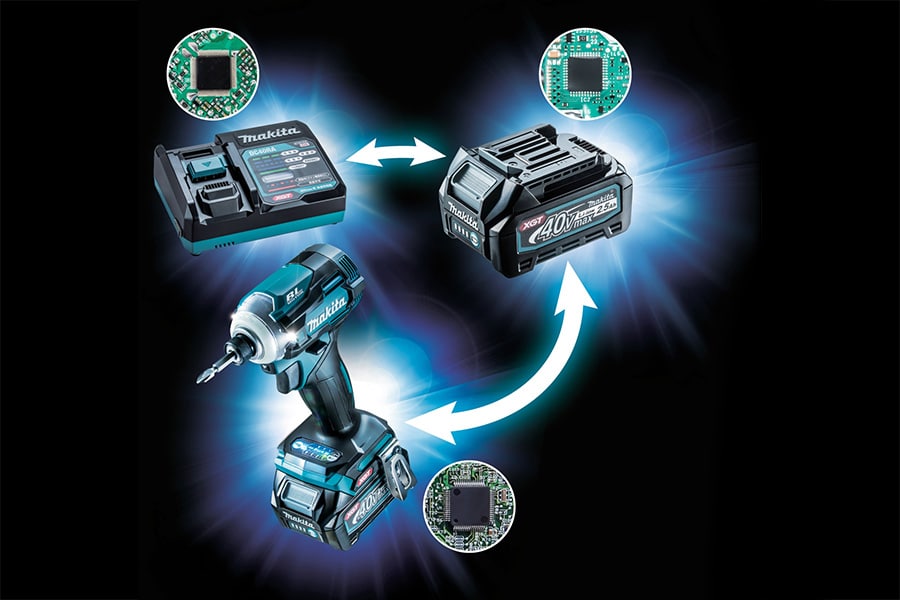
New battery technology
Current battery technology is finite, Arjen expects. "In time, other types of batteries will undoubtedly come on the market. Battery manufacturers are now experimenting with graphene, solid state and hydrogen cells, among other things. Whatever it becomes, at Makita we have reached the point where we can make the connection the same and adjust the digital communication accordingly. This means that future battery technologies can also be perfectly used on existing machines, making the XGT platform an extremely sustainable platform as well. You don't have to replace all the machines when a new battery technology is introduced."
Makita already supplies more than 150 tools on the XGT platform. The construction radio, cooler, auger, breaker, chain saw, impact screwdriver or grinder, but soon also a vibratory plate or rammer can all be controlled with the same battery. The platform is widely applicable and will only expand in the coming years.
Heeft u vragen over dit artikel, project of product?
Neem dan rechtstreeks contact op met Makita.
 Contact opnemen
Contact opnemen
